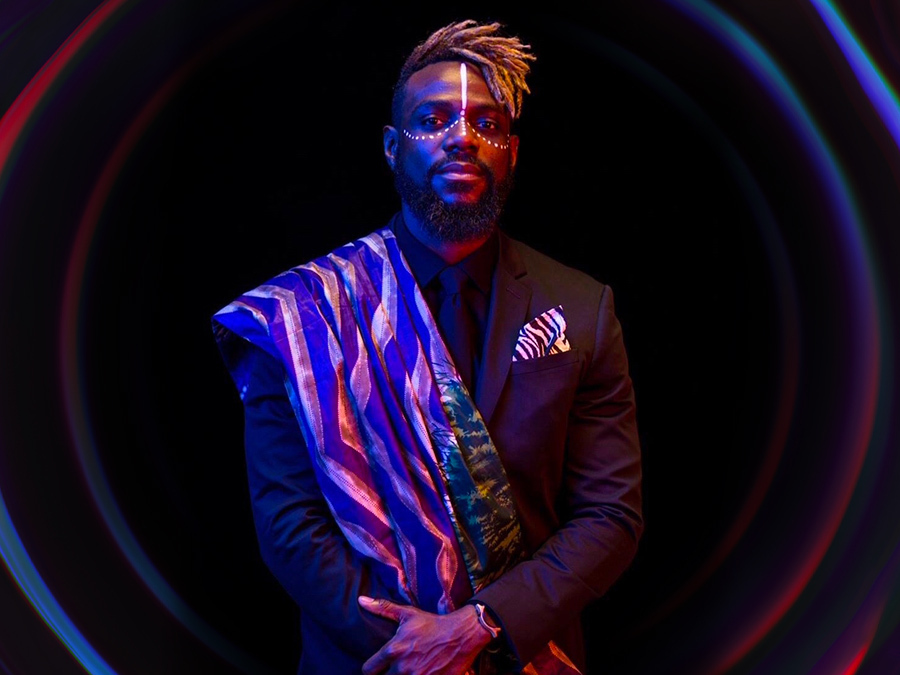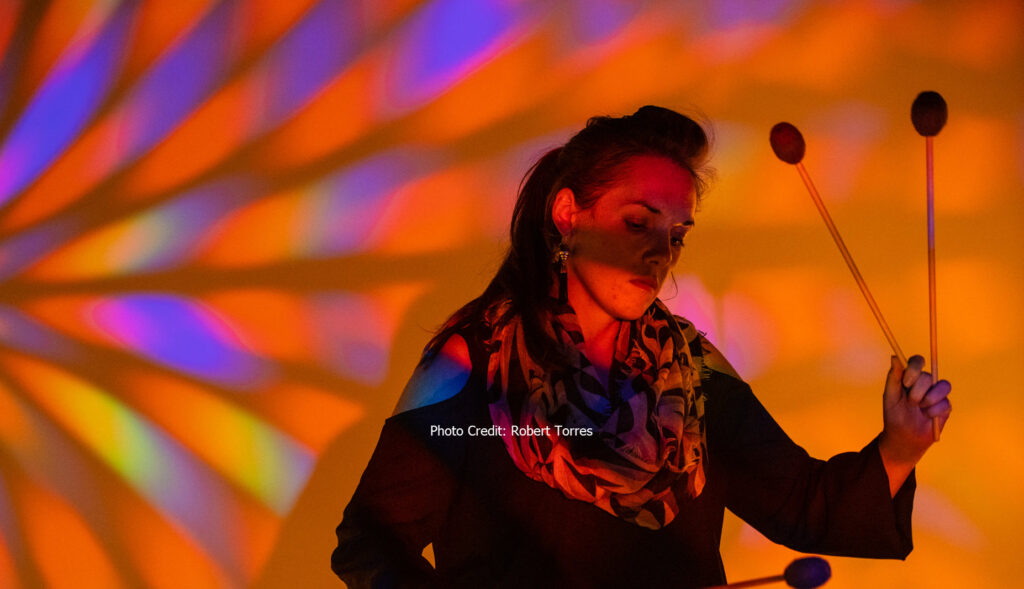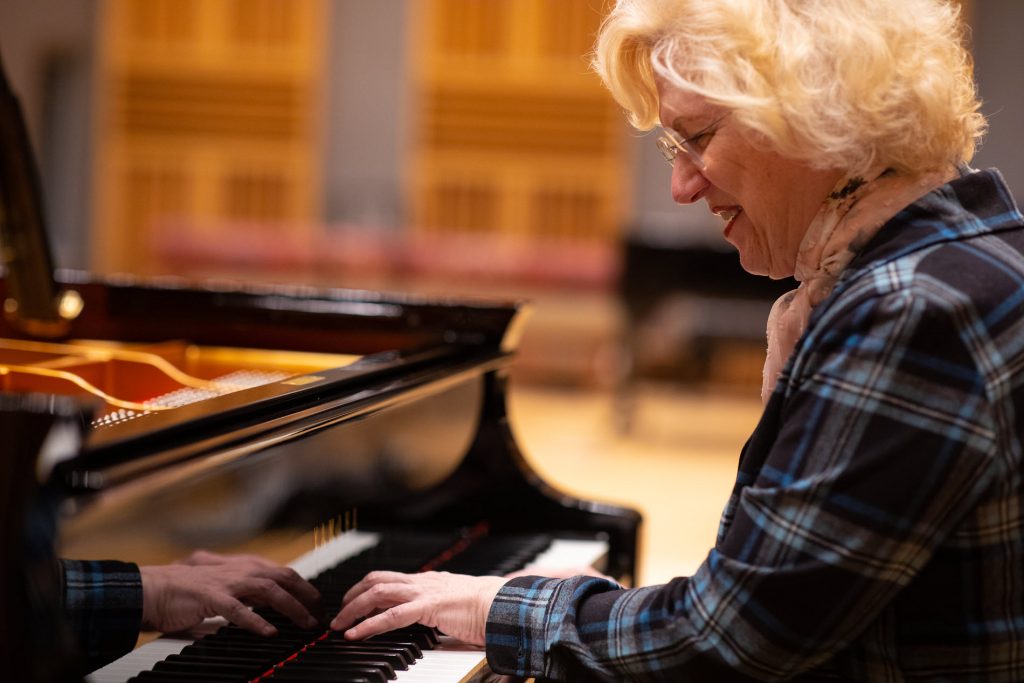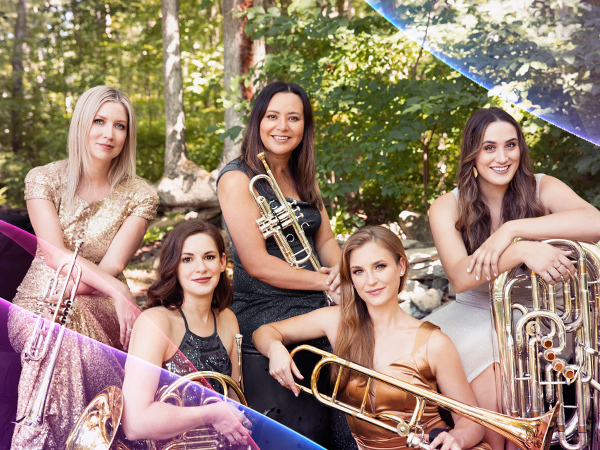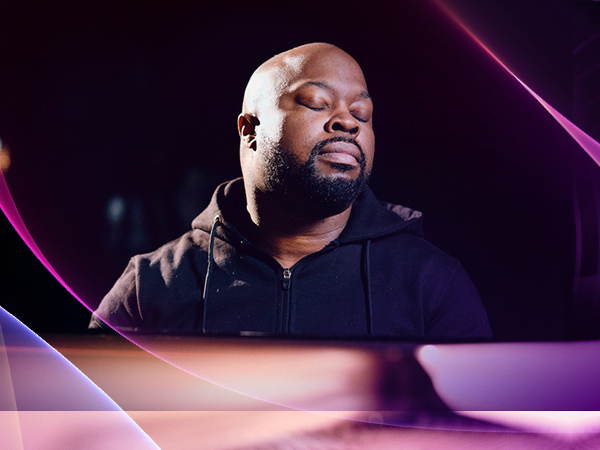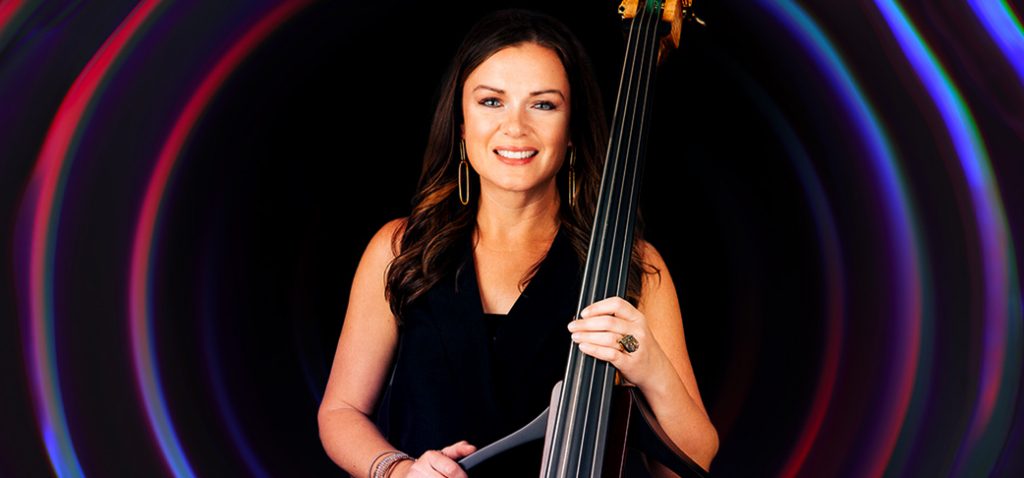Tagged Under:
Cultures in Harmony: The Heritage of Asian American Pacific Islander Music
How three artists weave their cultures into their music to bring communities together.
In celebration of AAPI Heritage Month, I recently spoke with three Yamaha artists about how they weave their respective cultures into their music and how their artistry seeks to bring communities together. Each artist spoke passionately about their beliefs in the power of music to unite us all in harmony.
Early Instrumental Inspiration
For acclaimed marimba player Naoko Takada, witnessing Akiko Suzuki, a student of world-famous marimbist Keiko Abe, perform at an all-girls cultural festival in Japan changed her life when Naoko was just eight years old. “She looked so elegant,” Takada remembers. “I didn’t [even] know what a marimba was. I thought it was some kind of furniture that makes beautiful sounds.” After the performance, Takada sought out Suzuki, and later Abe, for lessons and devoted herself to the instrument. That initial inspiration became her calling, and Takada has since toured the world, performing solo recitals in Carnegie Hall, Konzarthaus in Berlin, the Kennedy Center in Washington D.C., and Suntory Hall in Tokyo.
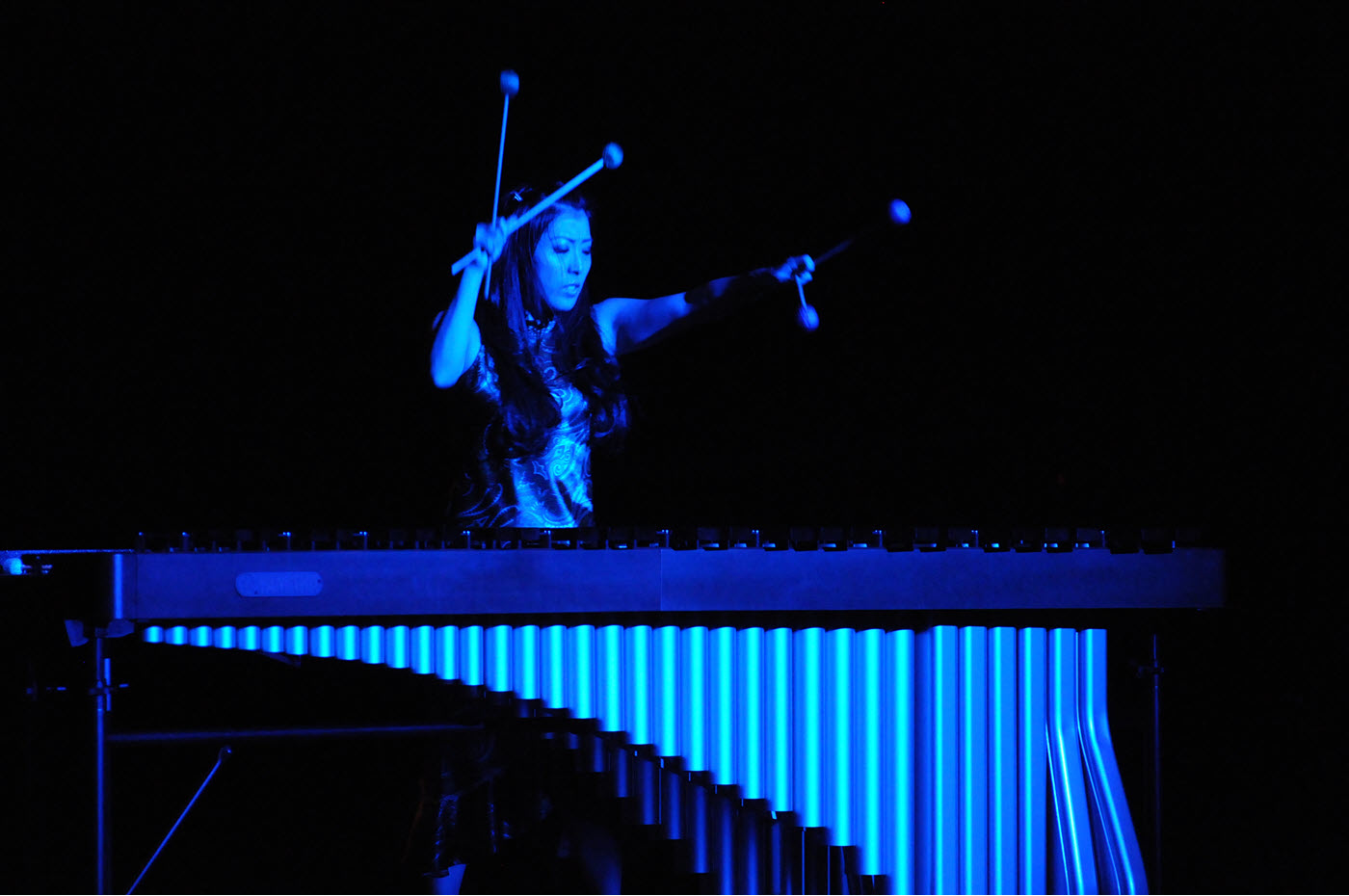
Six-time GRAMMY® winner and ukulele musician Daniel Ho similarly credits Hawaiian slack-key guitarist George Kahumoku Jr. for helping first guide him as a young artist. “Kahumoku Jr. taught me traditional Hawaiian repertoire on guitar and ukulele,” Ho says. “We’ve recorded 13 albums together now, and four of them have won Grammys, so he has changed my life in a big way, [and] also in a cultural way. It was his openness and humility that allowed me to learn not only the songs, but also more about [native] Hawaiian culture [so I could] really immerse myself in it.”
Yvette Young, guitarist, visual artist and songwriter in the band Covet, received inspiration from her family. Her cousin Clara Yang, in particular, has been a consistent source of motivation. “She is such a talented pianist, and [is] carving out a solid career for herself as a professor at a major college, while also working as a touring pianist,” says Yvette. Young also credits her parents, who emigrated from China, with introducing her to the joys of playing instruments at a young age. “They were the ones who encouraged me to learn piano and violin in the first place,” she says. “I may not have appreciated it at the time, but I certainly am grateful now that they started me so young and raised me in such a musical household.”
Bridging Cultures
Hawaiian-born Daniel Ho has made a decades-long career out of partnering with artists around the globe to keep traditional music alive, shared and archived. Through his work, he has seen how musical collaborations between different cultures can elicit camaraderie and help form genuine bonds.
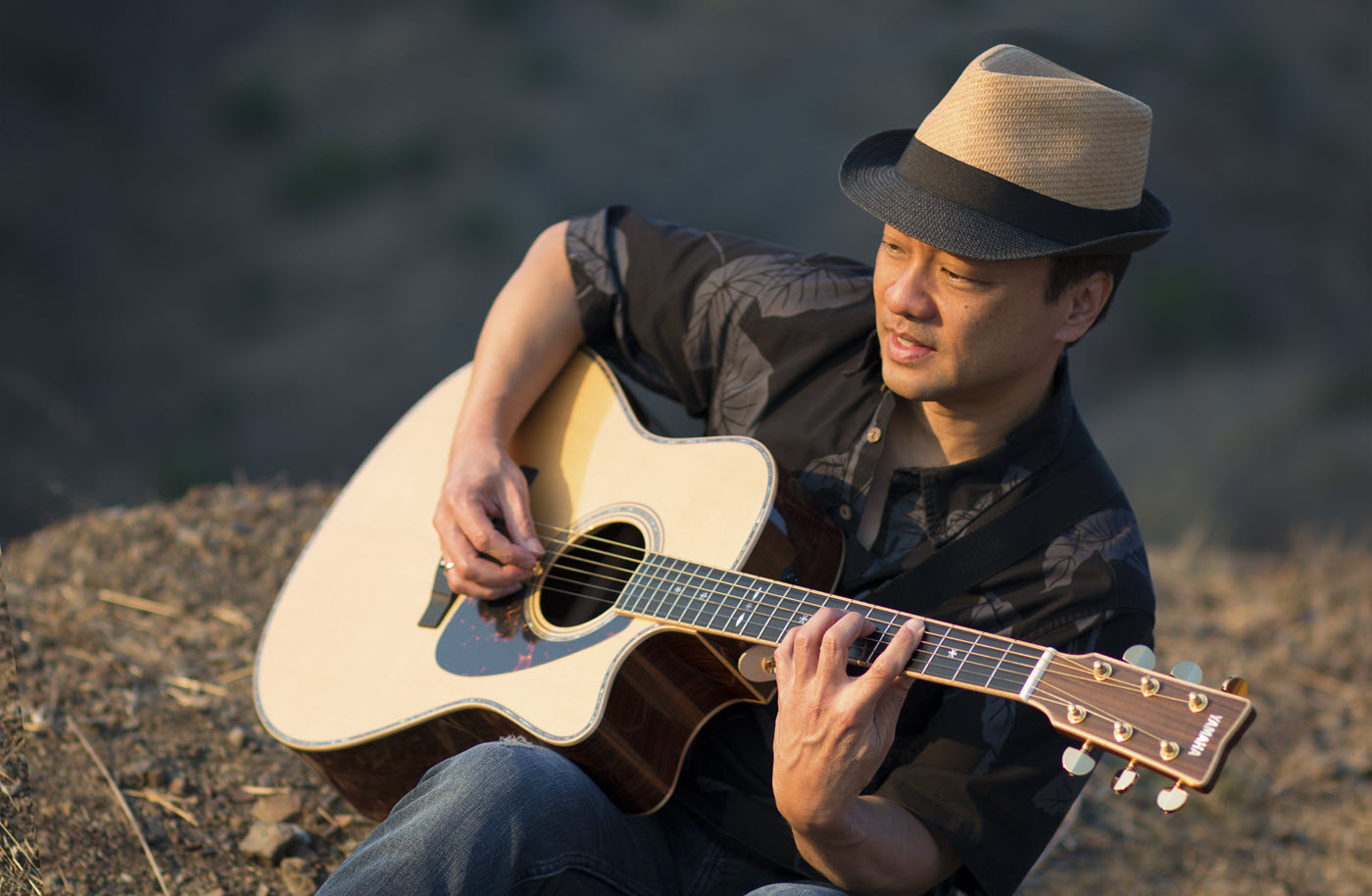
On one recent recording, he traveled to Taiwan to record with native Aboriginal tribes. The resulting album, On a Gentle Island Breeze, was nominated for a Grammy, with Ho playing piano, slack key guitar and ukulele alongside five different tribes, incorporating their indigenous songs and melodies. There is a centuries-long connection between Taiwan and Hawaii that can be traced back through linguistics, and Ho felt privileged to be given the opportunity to create music that blended their cultures. “My idea was to build a frame around the traditional music without touching it at all,” he explains, “and then construct counterpoint and harmonies derivative of their traditional melodies. The Aboriginal elders appreciated that I was not [altering] their music — just supporting and framing it.”
Melody and the Rhythm of Language
Combining different cultures is also a big part of Naoko Takada’s work as a performing artist and marimba professor at the University of Southern California. Though Takada came to America at age 19, she reports that she still incorporates the linguistic style and rhythm of her native Japanese language into her playing and instruction methods.
For example, she emphasizes the Japanese concept of “ma” (loosely translated as “empty space”) to her students. “When I teach, I always say, ‘Music doesn’t end when the notes end,’” she explains. “When you are playing an instrument like a marimba, vibraphone or even piano, sometimes the silence is the beauty.”
Similarly, Takada often incorporates the rhythm of the traditional haiku poem structure (five- / seven- / five-syllables) into her playing. “The music of five notes or seven notes, or a combination of five or seven, makes [it] like a little fun conversation,” she says.
Empathy in Music
The idea that music and the arts can help create understanding gives Yvette Young hope for unity during times of divide. “Art can build empathy by helping people feel more comfortable with their own identities and more grounded in their emotions, [as well as] how they relate to the rest of the world,” she says. “I think the world would be a far kinder place if people just felt more heard. Art and music can be a fantastic way to confront and heal that dissonance.”
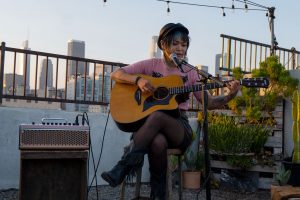
Part of the reason Young feels this can happen is the introspective nature of art. “Art can propose questions and encourage people to look within,” she says, “which I don’t think many people are comfortable with at times. Music and the arts can help people link up with the deeper parts of themselves, and [so they] are such important outlets for people to have so they can explore their own identity and purpose in the world.”
Living in Harmony
“World music, to me, is the purest connection of sound to emotion,” says Daniel Ho. And the harmony that music can bring to people is a message he continually shares, both as an instructor at the Yamaha Musician’s Creativity Lab and through his work as a musician and artist.
For a recent Los Angeles County Holiday Celebration, Ho created a song called “Colors in Harmony.” He explains its meaning this way: “If we work together and respect each other, we can create harmony and actually all live a better life. I wrote a verse that goes, ‘Here we gather from afar / Hear our song of peace / Woven melodies we are / Living colors in harmony.’ The woven melodies represent each of us, as individuals, and the colors refer to our many cultures. ‘Colors in Harmony’ is my way of saying if we all did good things and respected each other, and not hate each other, that’s the answer. It starts at home, and it starts with yourself.”
Photo of Daniel Ho by Lydia Miyashiro-Ho
For more information, visit:










